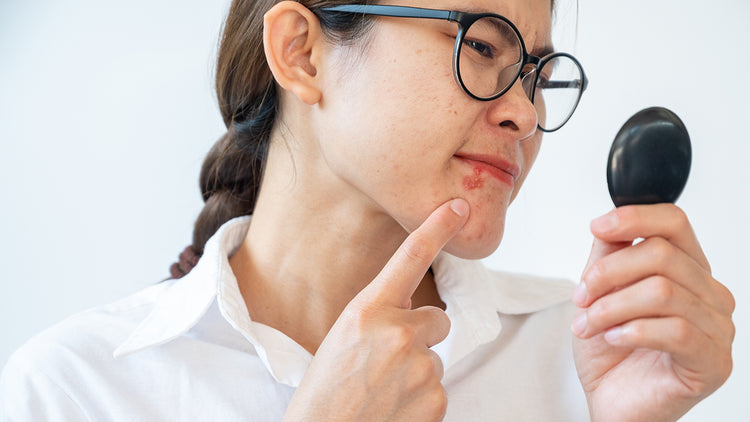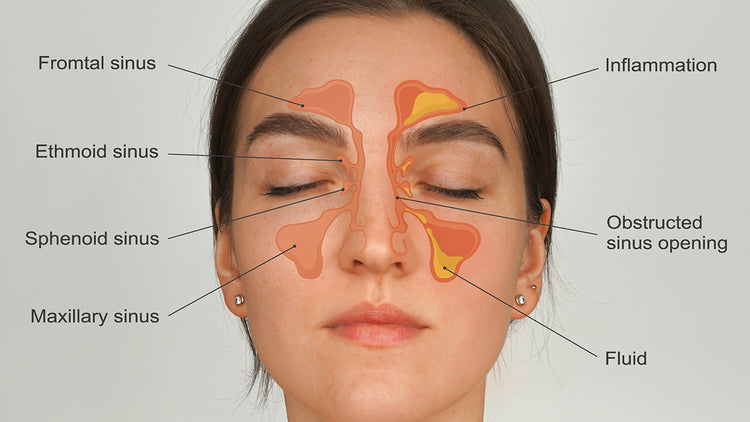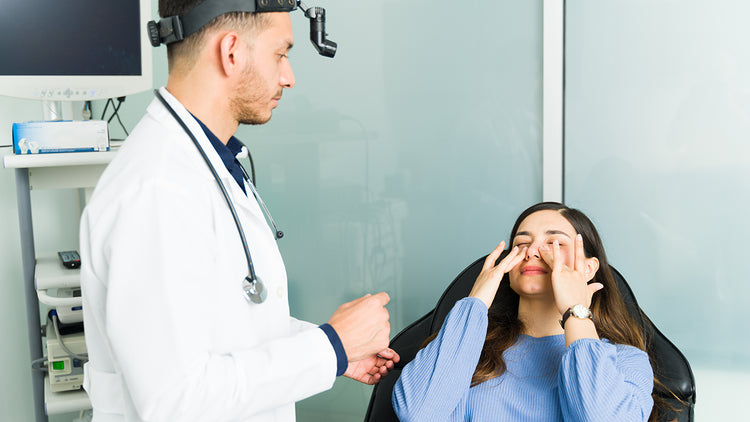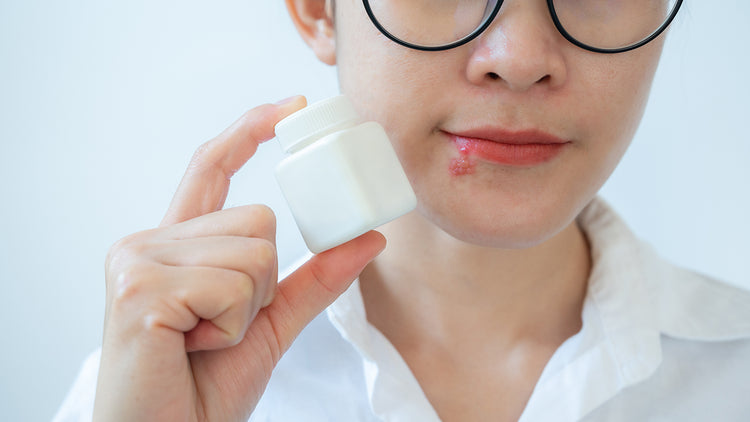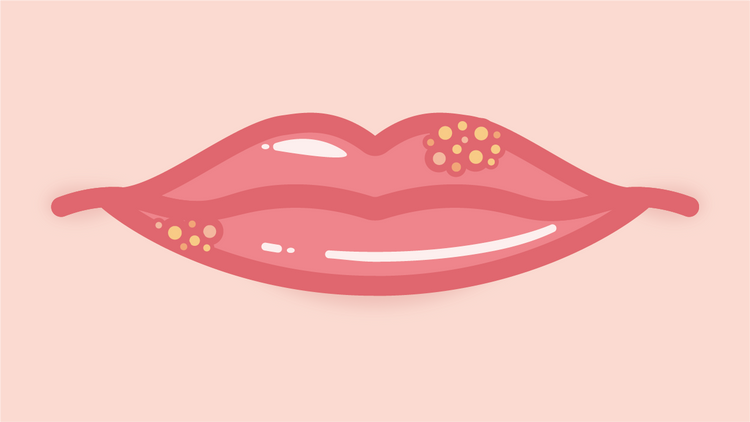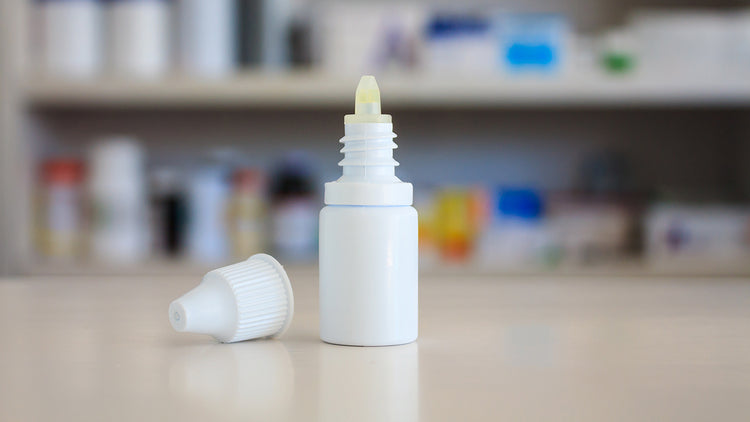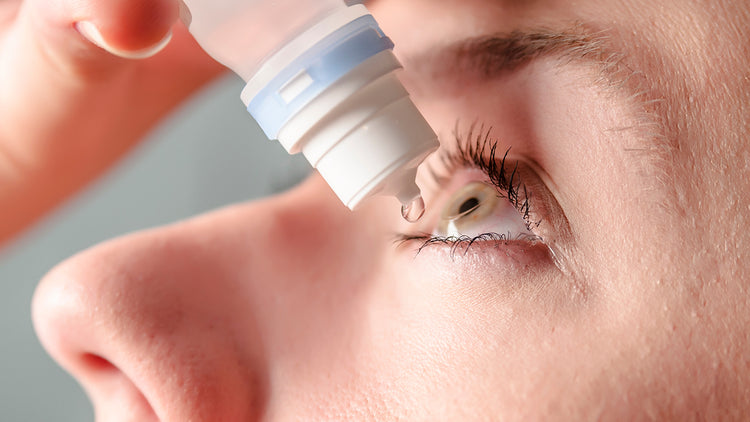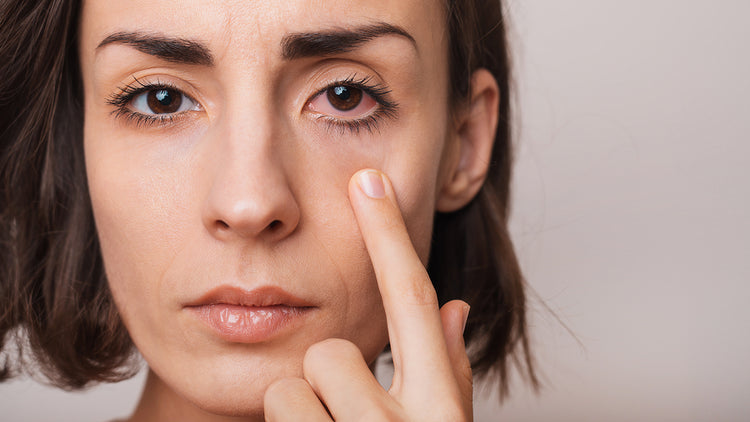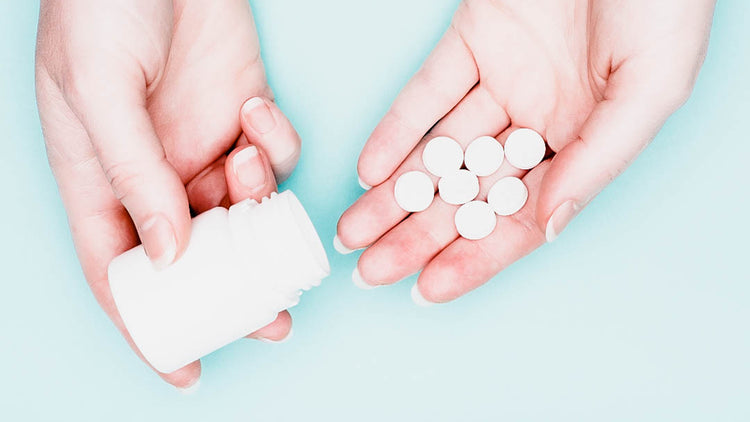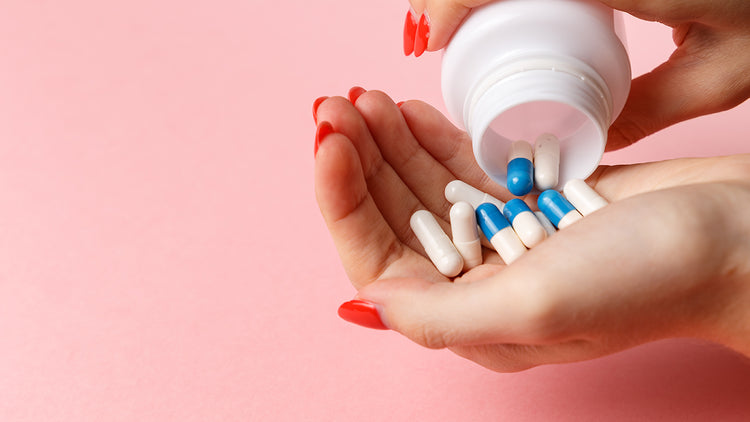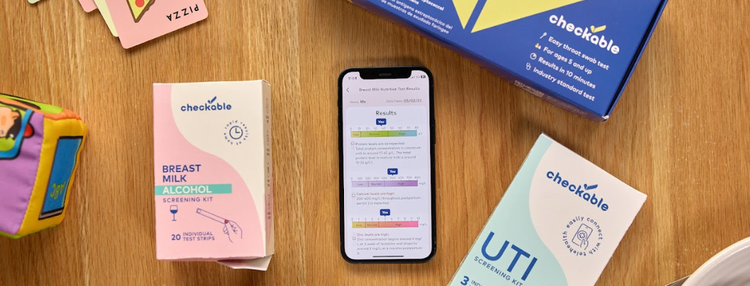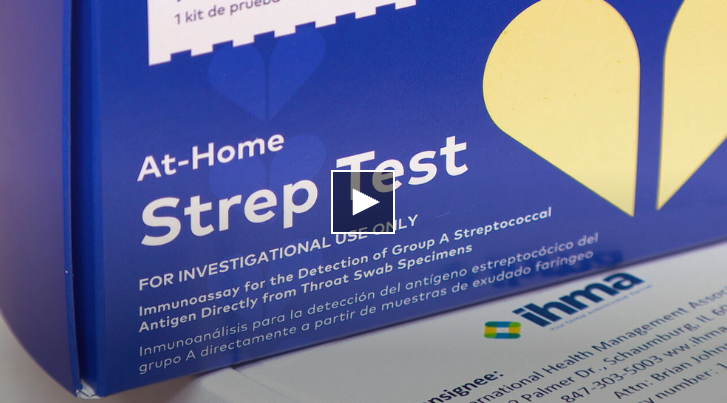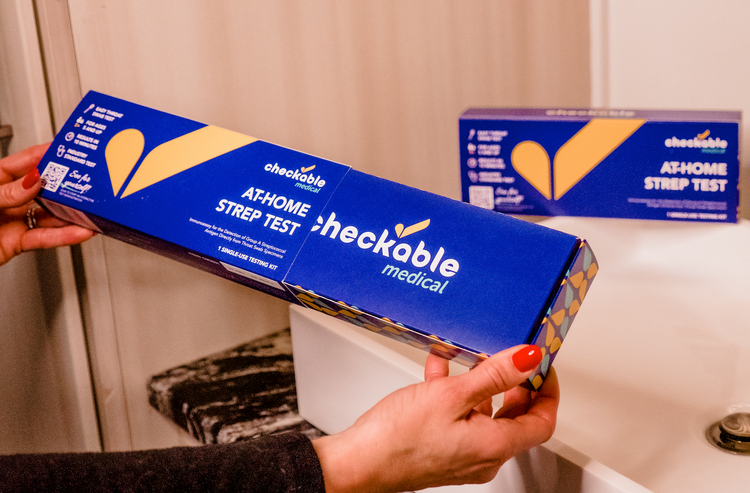
If you are experiencing pain down there, it's usually a tell-tale sign of a UTI (urinary tract infection). Symptoms can vary, but when you have one, you know it. Often, the terms UTI and bladder infection are used interchangeably, but there is actually a difference between the two.
A UTI occurs when bacteria (usually E. coli) enters the urinary tract, which consists of the urethra, bladder, and kidneys. The urinary system is designed to keep bacteria out, but sometimes our defenses fail, causing an infection. Most people would be surprised to know that there are three types of UTIs, one of which is the bladder, which is the most common.
A UTI starts in the urethra, where the bacteria enters and usually travels up to the bladder. If not treated, or if the UTI is severe, it then spreads to the kidneys. So, in essence, a bladder infection is a type of UTI that occurs when the infection is in the bladder itself. Not all urinary tract infections become bladder infections; that's why it's super important to treat a UTI quickly to avoid the spread. Once it gets into the kidneys, it becomes more complicated to treat.
Three Types of UTIs:
- Infection of the bladder (cystitis). This is the most common type of UTI. It occurs when Escherichia coli bacteria (E. coli), commonly found in the gastrointestinal (GI) tract, gets into the urethra and travels to the bladder. One of the main causes of cystitis is sex. Because vaginas have a short distance from the anus, bacteria can easily make its way inside during sex. Pee before and after sex and use good hygiene.
- Infection of the urethra (urethritis). This type of UTI occurs when the bacteria just stays in the urethra. This type of UTI can also happen from sex, but most often, it's just from not wiping front to back.
- Infection of the kidneys (pyelonephritis). This is more serious than the other two, as it affects the kidneys and causes more painful symptoms. This type usually occurs when a simple UTI is not treated fast enough.
Anyone can get a urinary tract infection, but they are more common in women. Studies show that 1 out of 5 women will have a UTI at some point in their lifetime. This is because the urethra in females is shorter and closer to the anus, where E. coli bacteria may linger. Older adults also are at higher risk for developing cystitis. This increased risk may be due to incomplete emptying of the bladder.
How can you tell the difference between a bladder infection and a UTI?
You might not be able to tell whether your UTI is in the bladder or urethra, as the symptoms are essentially the same. Typically, if symptoms worsen, the UTI probably has traveled to the bladder and possibly the kidneys.
Mild UTI symptoms include:
- Burning sensation while peeing
- Feeling of urgency to pee, but produce very little urine
- Pelvic pain/pressure
Bladder infection symptoms include:
- All of the above
- Chills
- Fever
Bladder infection symptoms include:
- All of the above
- Lower back pain
- Nausea and/or vomiting
- Pinkish or reddish urine
All types of UTIs can be treated with antibiotics, but it is imperative to begin treatment at the first sign of infection to prevent it from spreading to your kidneys. You can also take over-the-counter meds for pain, which should start to dissipate about 48 hours after the start of antibiotics. Of course, the best treatment for any UTI is to prevent them from happening. You should also consider taking supplements like Checkable's Urinary Tract Balance, which is designed to help clean and balance the urinary tract while giving you the nutrients needed to promote a healthy bladder.
Life is too short to sit in a doctor’s office
Sign up for our weekly newsletter and get valuable healthcare tips and tricks in your inbox!
Sign up now and unsubscribe anytime.
- Choosing a selection results in a full page refresh.
- Press the space key then arrow keys to make a selection.











